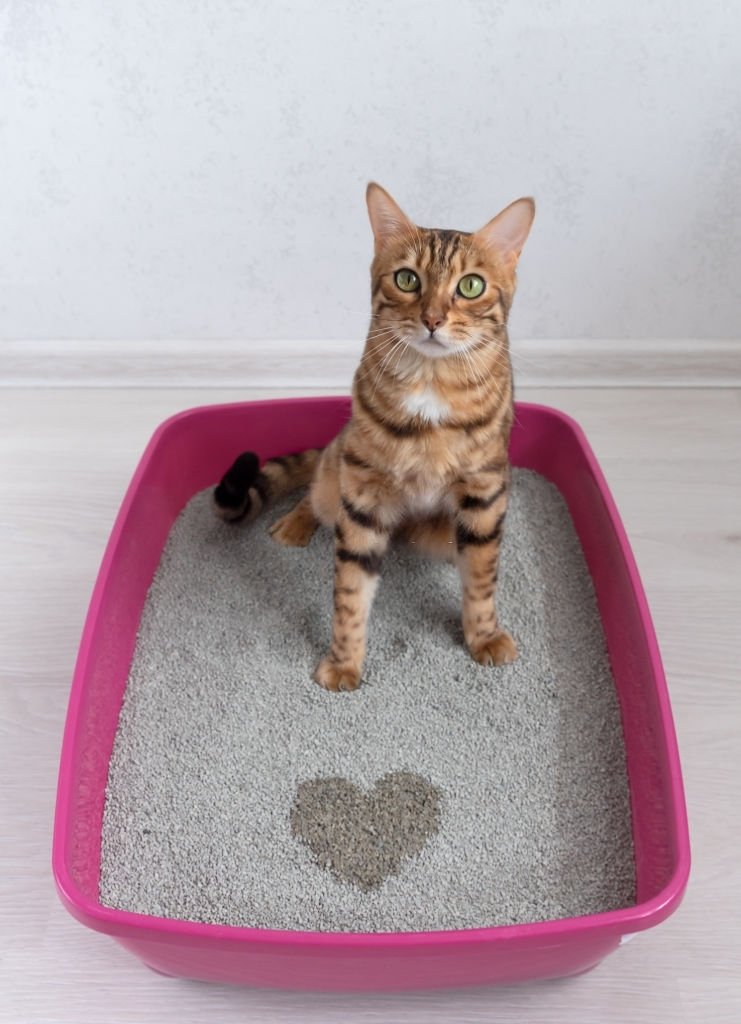Your pet’s environmental footprint is greater than you might think. However, cat waste, unlike other animal waste, can also be dangerous for you as well as the environment if not disposed of properly!
Choosing the right cat litter
To safely dispose of cat litter, one of the first steps would be to choose a litter made up of as many natural materials as possible. There are now biodegradable cat litters available made from materials like compressed paper, corn, and wheat in the market today! Other materials for biodegradable cat litters include wood shavings, recycled compressed paper, etc. Although these can be a bit more expensive than conventional cat litters, they don’t contain silica dust present in traditional cat litters and are harmful to your respiratory system. You could also avoid litters that contain clay or sodium bentonite and fragrances in the kitty litter of your choosing.
Cleaning the litter box
Cat litter boxes should be scooped at least once a day. Sift out urine clumps and stools in the litter and place them in a small trash bag.
Although you should technically prefer a biodegradable bag for disposing of cat litter, there are mixed reviews about whether these bags are eco-friendly. An eco-friendly option would be to put the litter in a brown paper bag before adding it to your trash bin. It is, however, much better than your cat litter is disposed of in biodegradable bags, which adhere to strict ASTM International Standards. To prevent odor and the leakage of bacteria, double bag the scooped litter. Then, place it in a trash can outside, with a tight-fitting lid.
Disposing tips
Never dump cat litter outside in an open trash can. The litter can get stinky after some time, and bits can enter the air every time the can is opened.
It is also not recommended to compost used cat litter. If you are composting, remember that compost made using pet waste should only be used in lawns or non-edible crops (like rose gardens). They shouldn’t be used as compost for edible crops because cat litter contains the parasite Toxoplasma gondii which can cause toxoplasmosis (a disease especially dangerous for pregnant women and anyone with a weakened immune system).
If you are using clay litter, take care not to flush. This can clog your entire sewage system and also contaminate drinking water.
Tip: Use a heavy garbage bag for clay litter because it is dense and can get heavy.
Feeding your cat the most nutritious foods available (not processed) would be the best idea.
Using an upcycled plastic tub or a used stainless steel steam pan that does not absorb odors would also significantly contribute to the environment.
Conclusion
There are many cat litters available in the market, and each comes with a different disposing method. Pick the proper way for you as the solutions vary with the wastewater treatment and sewer systems in each municipality and the difficulty in composting cat litter.
References:
https://www.thesprucepets.com/the-best-way-to-dispose-of-cat-litter-4775731
https://www.treehugger.com/dispose-of-cat-litter-the-green-way-5025649






